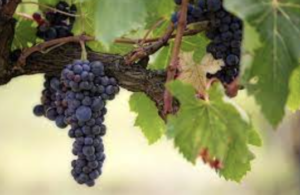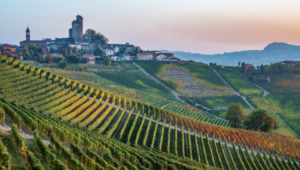Uncategorized
The Dolcetto – the native Piedmontese vine
The Dolcetto is a grape variety that has always fascinated me for its catchy and decidedly misleading name, which reminds me of a dear customer from when I had a wine shop.
The History
The Dolcetto grape variety is a black grape native to Piedmont, which has become a distinctive sign of the Langhe area. The first evidence of Dolcetto comes from a document dated 1593 from the municipality of Dogliani, although the history is older. It seems it arrived from nearby Liguria via the many salt roads that crossed the hills representing important trade.
The denominations of Dolcetto

In Piedmont there are eleven wines with Controlled Designation of Origin (DOC) related to Dolcetto; I list them below: Dolcetto d’Alba, Dolcetto d Dogliani, Dolcetto di Diano d’Alba, Dolcetto delle Langhe Monregalesi, Dolcetto d’Asti, Dolcetto d’Acqui, Dolcetto di Ovada, Langhe Dolcetto, Monferrato Dolcetto, Colli Tortonesi Dolcetto, Pinerolese Dolcetto.
Curiosity
Others say that the term “dosset” (dolcetto in Piedmontese) refers to the gentle shape of the hills that traditionally hosted the cultivation of this variety.
The characteristics

Cultivation requires well-drained soil and significant sun exposure; this is a very adaptable vine and grows well in hot and cool climates. The bunches are medium-sized with oval-shaped grapes and thick skin, rich in tannins with little acidity.
During the winemaking phase, the must has an intense ruby-red color with purple hues. The outcome is an intense red wine with hints of ripe berries and spices. It is usually drunk young, but depending on the winemaking and refinement, it can also age for over ten years.
Pairings
The young version stands out for the fragrance of the aromas and pairs very well with pasta dishes with meat sauces, tasty soups, and semi-mature cheeses. The Dolcetto aged in wood instead has an important persistence of taste and pairs well with roast beef or stewed rabbit. There is also the Dolcetto rosé version, perfect with medium-structured appetizers, sautéed vegetables, fish, and white meats; I recommend serving it fresh but not cold.





